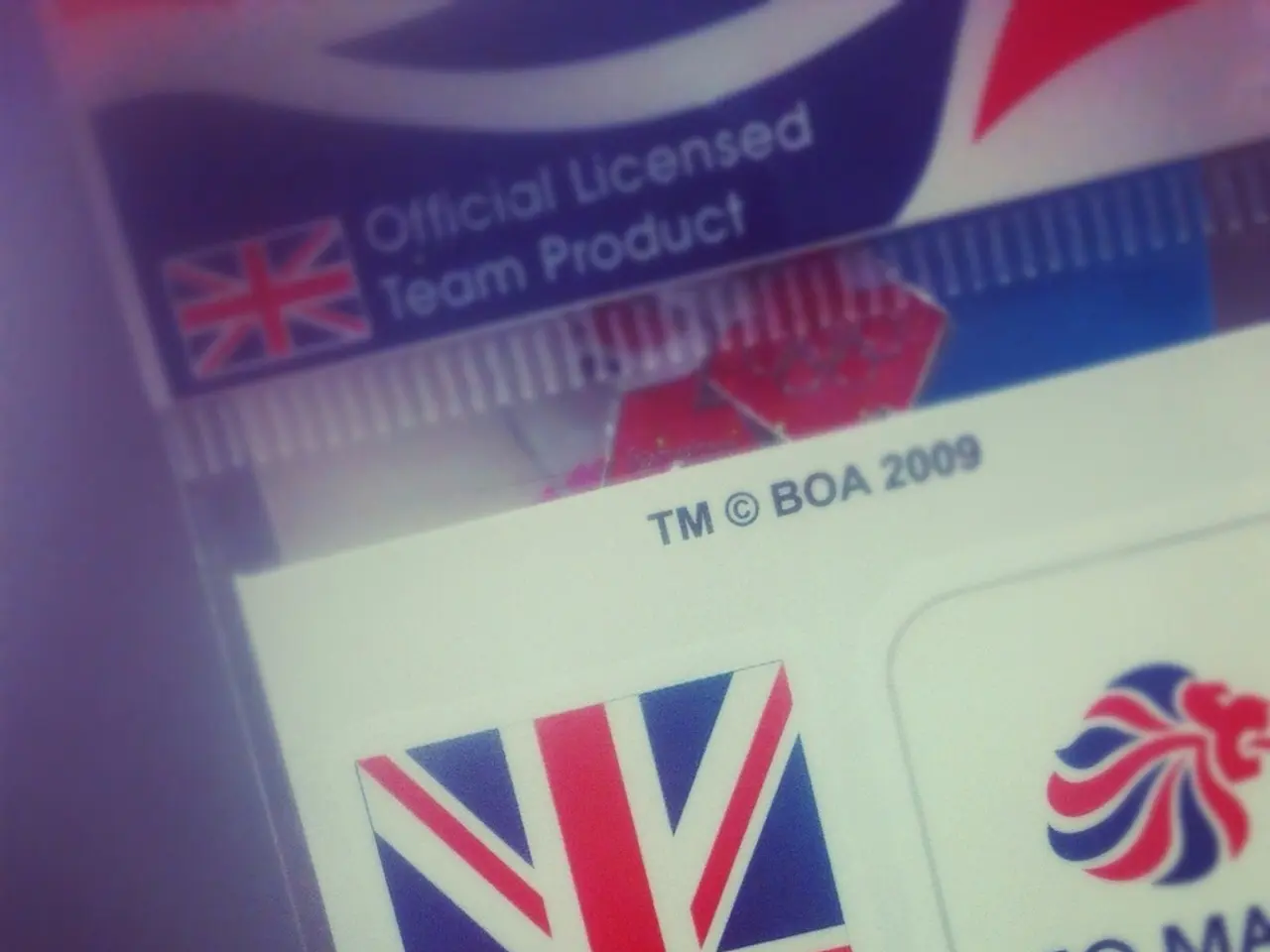Revealing Lithium's Electron Configuration: Getting to Know Its Number of Electrons
In the world of elements, lithium stands out as a key player in modern technology. With an atomic number of 3, lithium has 3 protons and, in its neutral form, 3 electrons [1][5]. The electron configuration of lithium is 1s² 2s¹, with two electrons in the 1s orbital and one electron in the 2s orbital [1][3][5].
This single electron in the 2s orbital is the valence electron, which is relatively loosely held since it is farther from the nucleus and experiences some shielding by the inner 1s electrons. This configuration strongly influences lithium's chemical reactivity.
Because lithium only has one valence electron, it tends to lose this electron easily to achieve a stable noble gas configuration (like helium) with a full 1s² shell. This makes lithium highly reactive, especially with substances that can accept electrons such as halogens and water [1][3]. The loss of this 2s electron results in a Li⁺ ion, which has a stable electron configuration and low energy, driving lithium’s tendency to act as a reducing agent in chemical reactions [1][3].
The low ionization energy due to the single 2s electron explains why lithium readily participates in forming ionic compounds and is highly reactive compared to elements with full or half-filled subshells [5]. This high reactivity is a key factor in lithium's role in various applications, including batteries.
Indeed, lithium-ion batteries, which use lithium, have revolutionized portable electronics, electric vehicles, and energy storage. The ability of lithium to form positive ions is crucial for this role [4]. Understanding the electron configuration of lithium is key to understanding its properties and applications.
It's interesting to note that while lithium-6 and lithium-7, in their neutral form, still have 3 electrons, they differ in the number of neutrons. However, the number of neutrons does not affect the number of electrons or the electron configuration, which remains 1s² 2s¹ [2].
In summary, lithium’s electron configuration of 1s² 2s¹ directly underpins its high reactivity by having a single, loosely held valence electron that lithium can readily lose to form stable ions. This property, combined with its light weight and high energy density, makes lithium an indispensable element in the modern world.
[1] Electron Configuration of Lithium (Li) [2] Isotopes of Lithium: Lithium-6 and Lithium-7 [3] Valence Electrons and Chemical Reactivity of Lithium [4] The Role of Lithium in Lithium-Ion Batteries [5] Understanding the Reactivity of Lithium: The Single Valence Electron
Lithium's unique electron configuration of 1s² 2s¹, with a single valence electron in the 2s orbital, directly contributes to its role in medical-conditions and technology, as its high reactivity allows it to easily lose this electron, forming Li⁺ ions, which are crucial in the production of medical devices, such as pacemakers, and technological advancements, like lithium-ion batteries.
Understanding the electron configuration of lithium is essential in the medical field, as it can influence the development and improvement of treatments for various medical-conditions, as well as in technology, where it underpins the performance and efficiency of devices and systems that rely on its properties.




